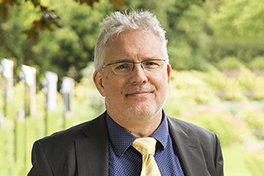Media studies
Dealing with conspiracy theories: debunking works
During the pandemic, Bern-based researchers conducted real-time analyses to determine how the media can most effectively curb conspiracy theories. A workshop for journalists brought together the worlds of academia and practice this year.

A Chinese biological weapon! Bill Gates! 5G! Asterix and Obelix! Five years ago, the coronavirus pandemic saw followers of conspiracy theories going more than a little crazy: they competed to explain who or what was “really” behind it, and who had “invented” Covid-19.
During the pandemic, almost all the journalists in Switzerland who reported on the coronavirus experienced external pressure and influence on their work. According to the 2022 “Yearbook Quality in the Media”, this was due to the “widespread circulation” of conspiracy theories during that time.
Conspiracy theories: persistent and dangerous
One in four people in German-speaking Switzerland and Germany are thought to have believed in either some or all of the conspiracy theories that were flying around during the pandemic. Some 26 percent of the German-speaking Swiss population believed that the government and politicians wanted to spread fear and had bad intentions. These findings were revealed by a new large-scale study by the Institute of Communication and Media Studies (IKMB) at the University of Bern covering the period of the pandemic period and its aftermath.
More on the study
Between 2020 and 2024, the Institute of Communication and Media Studies at the University of Bern carried out a representative study entitled “Preparing the mainstream media for the next pandemic” using online tracking, surveys and an experiment. A total of over 3,000 people from German-speaking Switzerland and Germany took part. The Multidisciplinary Center for Infectious Diseases funded the study.
A conspiracy theory is “a statement which makes an accusation that someone, usually an elite group, is involved in an malevolent scheme which aims to harm a large community,” explains Tobias Rohrbach, media scientist at the IKMB.
It is a self-perpetuating system, resistant to facts and arguments. A lack of evidence is seen as proof that something is being covered up. Conspiracy theories – or conspiracy narratives, narratives, myths, ideology – are often persistent. And they can cause massive harm to individuals and societies, erode trust, and fuel violence and incitement. Among others, climate-change deniers, anti-vaccination activists, anti-state anarchists and anti-Semitic groups thrive in this milieu.
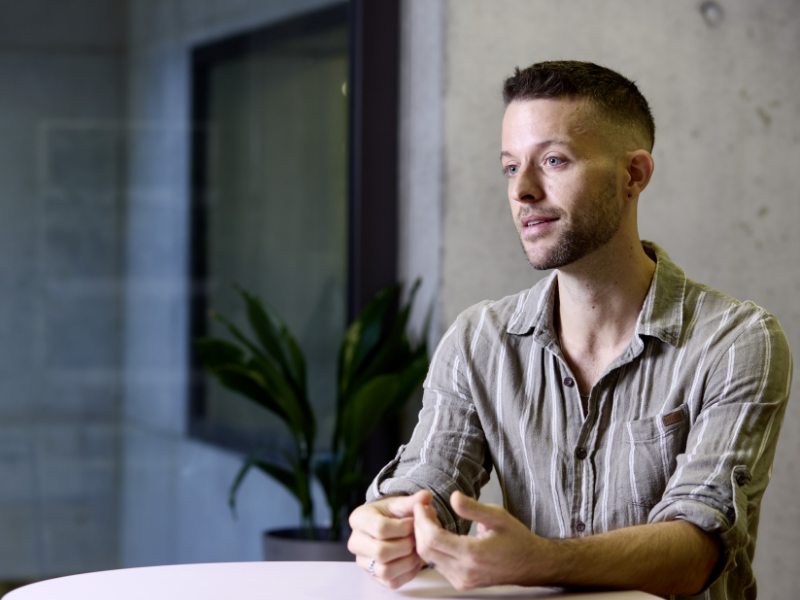
“One of the main considerations of academia, therefore, is to look at how best to contain conspiracy theories before they spread to the public,” says Tobias Rohrbach.
A unique real-time study
This is where the IKMB study comes in. It shows that in an uncertain information situation such as that created by crises, the media provides important “points of contact” – and that includes the traditional mainstream media along with alternative platforms and social media. This is where people are likely to hear a conspiracy theory for the first time.
“It’s extraordinary that we already had a methodology in place and were ready to go from day one of the pandemic.”
Tobias Rohrbach
The study used online tracking to analyze the channels through which dubious theories found their readership. To do this, the researchers trained a text analysis program with an algorithm which recognized sentences containing conspiracy logic and content. They then used the program to record and analyze the text contributions in real time, identifying which test subjects viewed them while surfing the internet and social media each day. A total of 1,000 people took part in this part of the study.
This was unchartered territory for the researchers, as most research into conspiracy theories focuses on theories that have already been around for some time. “It’s extraordinary and a happy coincidence that we already had a methodology in place and were ready to go from day one of the pandemic,” says Tobias Rohrbach. The institute's staff simply adapted the topic of a study they were about to launch on the topic of political information on the internet.
NZZ and Co. played their part
On average, seven percent of all posts viewed in the first three months of the pandemic contained conspiracy theories. All types of source were affected. As expected, alternative platforms were especially supportive of conspiracy theories.
The media were particularly critical and oppositional in their reporting, but even in quality media outlets, such as SRF, NZZ or Tagesanzeiger, there were uncritical or supportive positions. According to Tobias Rohrbach, this was especially the case in the early stages of the pandemic and was largely unintentional, “At that time, a lot of things were still unclear. In this context, the media sometimes reported too quickly on statements and rumors that later turned out to be false.”
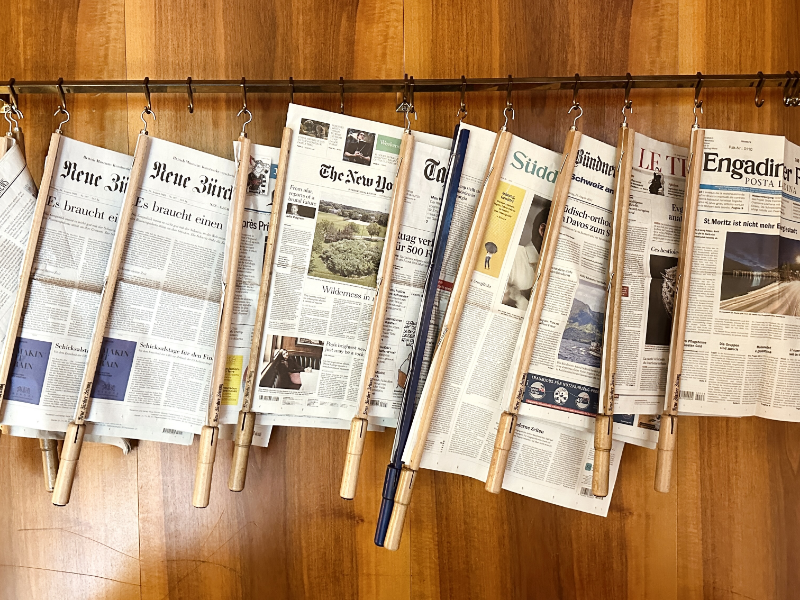
In doing so, however, the media also promoted conspiracy theories which echoed such claims. This was evident in the “lab leak theory” about the origin of the pandemic. There is no solid evidence to support this theory. According to the current state of research, transmission of the SARS-CoV-2 coronavirus by wild animals is the most likely scenario.
Critical journalism has an impact
How, therefore, can media professionals best keep conspiracy theories at bay? The study clearly shows that contradicting conspiracy theories and setting the record straight – known as “debunking” – as well as deliberately not mentioning a theory are the best antidotes among the general population. Gentle refutation or balanced reporting, on the other hand, tend to reinforce the conspiracy theory. For example, the media should simply state the fact that facemasks help prevent infection, without discussing false claims from conspiracy theorists.
This finding is something of a sensation. Tobias Rohrbach, “Based on information from actual media use in the field and not just in the simulated experiment, we were able to show for the first time that journalistic efforts to counter conspiracy theories lead to fewer people taking them seriously.”
“How can conspiracy theories be curbed before they spread among the public?”
Tobias Rohrbach
In 2024, the IKMB team also carried out an experiment to analyze various journalistic strategies and their impact depending on an individual’s attitude.
This found that people with a “conspiracy mentality” are the most difficult to reach. A “backfire effect” was observed in these individuals: they believe even more strongly in a conspiracy theory if the media ignores it or clearly refutes it.
More resources for media professionals
In a workshop held in May this year, the researchers presented the results found by a group of journalists. With today’s perspective, some journalists would refute conspiracy theories more uncompromisingly or not report on them at all, explained Tobias Rohrbach, summarizing the findings of the discussion. “Competitive pressure and uncertainly during the crisis played a role here.”
Participant Lukas Lippert, editor at the “Beobachter”, was encouraged, “We always weigh things up and think carefully before reporting on such topics. Yet it was good to hear once again, in no uncertain terms and backed up with empirical evidence, that this approach works.”
“Getting such a detailed insight into data and discussing it happens far too rarely.”
Lukas Lippert
The most controversial topic discussed by the panel was whether and how to reach conspiracy theorists, who are primarily active on alternative and extreme online platforms. One suggestion was for journalists to become more active in the debates taking place on blogs and in social media. However, Tobias Rohrbach believes that the media should also be given more structural resources if they are to take on more responsibility in combating conspiracy theories.
Mutual gain
Journalist Lukas Lippert values the close exchange between the media and academia, “We gained exciting, detailed insights into the data and methods and discussed them in a small group. This happens far too rarely.” Tobias Rohrbach agrees, “We should collect critical feedback from practitioners more often. It increases the credibility of our findings,” he says.
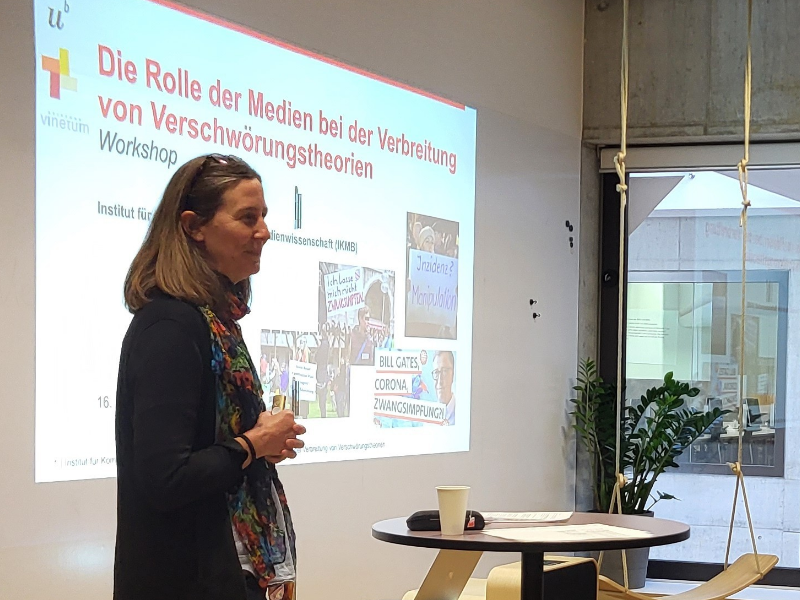
The researchers also organized the workshop to identify some new research questions arising from the professional field. They learned what is currently preoccupying the industry, such as the use of AI fact-checking tools.
The response from both sides was so positive that the Institute of Communication and Media Studies has decided to make a point of incorporating such workshops with media professionals into future studies right from the start.
About the researcher
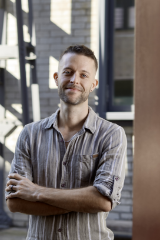
Tobias Rohrbach is a postdoctoral researcher at Institute of Communication and Media Studies (IKMB) at the University of Bern. His research focuses primarily on gender, political communication and processes in digital journalism.
Subscribe to the uniAKTUELL newsletter

Discover stories about the research at the University of Bern and the people behind it.
